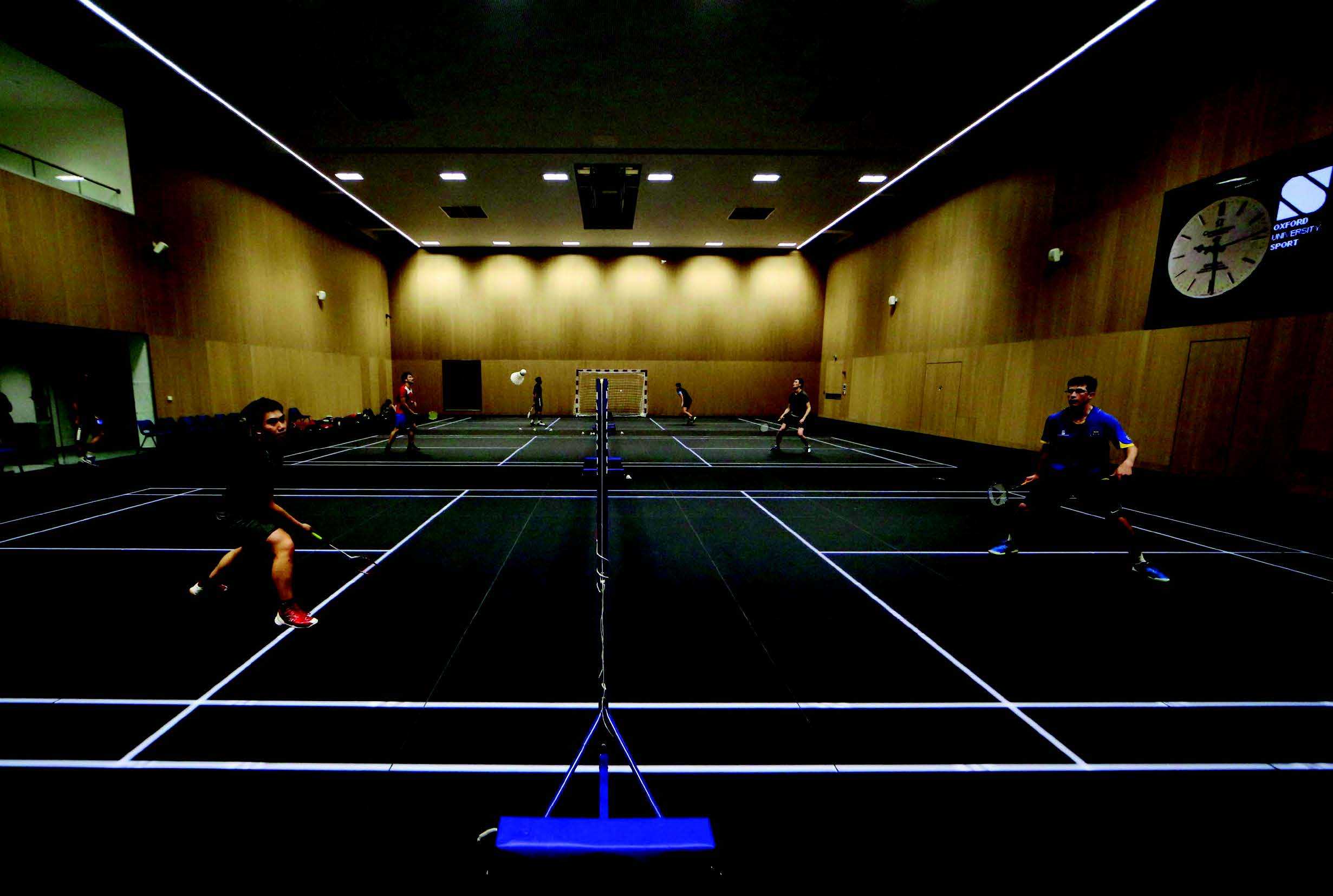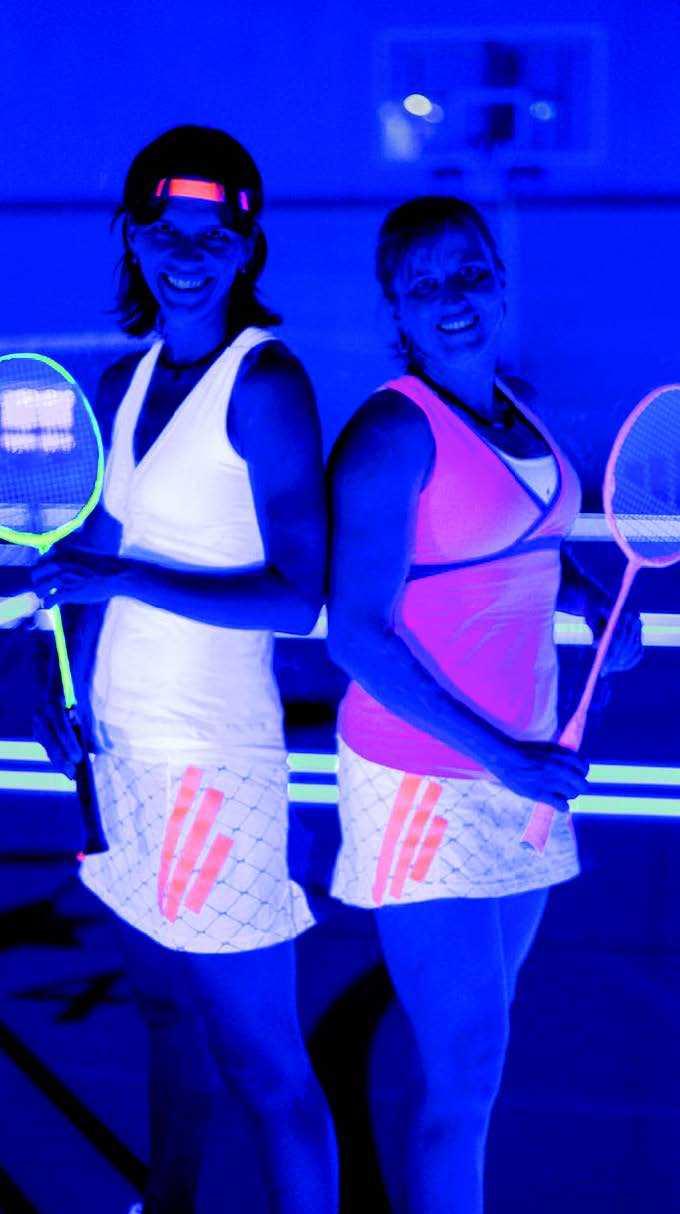
The futuristic floor is part of Oxford University’s new multi-million pound Acer Nethercott sports centre built by Beard. It is part of a major redesign of the university’s sports facilities on the historic Iffley Road track where Sir Roger Bannister broke the
four-minute mile.
A multi sport surface
The ASB Glass Floor by Dynamik was commissioned to host a wide range of different sports in the four court sports hall - badminton, basketball, dodgeball, handball, football, futsal, korfball, netball and volleyball.
The 700sq m multi-sport performance space, which took six weeks to install, has LED lights embedded in the glass floor to illuminate the markings of the sports being played. The lines are only switched on when they are needed, removing the confusing lines of traditional sports hall floor markings.
Gone are complex portable floors when hosting high profile sporting events. Traditionally the only way to create single line court markings was to overlay the existing court with a portable floor or matting system featuring those bespoke lines.
The university controls the LED court markings via a touchscreen panel or remote control from iOS devices, and also has the option to play sports in the dark incorporating UV lights if required.

The science beneath the surface
The glass floor is a fully sprung A4 area elastic sports floor and complies to the European norm for indoor sports flooring BSEN 14904 as well as meeting Sport England’s guidance notes. An A4 area elastic floor is one of the highest performance floors available giving ideal levels of shock absorption, energy return, ball bounce and friction.
Made from tempered safety glass, the floor can withstand significant impact. The panels are made from specially treated glass plates held together by a 1.2 mm PVB safety layer. The surface of the glass undergoes several special treatments to achieve ideal elasticity and friction/slip resistance and is etched to provide ideal light reflectance values.
The sub-floor consists of an aluminium grid which acts as a double sprung system that provides high levels of comfort and sports performance. The glass playing surface is installed onto the aluminium grid which incorporates channels of LED lights for each set of game lines. The glass playing surface provides ideal slip resistance due to ceramic convex detailing which is etched during the production stage.
The flooring has a life expectancy of more than 70 years. The ceramic detailing is a key factor in the floor’s longevity by providing a slip resistant surface that lasts for an entire lifetime, unlike a timber floor which requires regular maintenance. This not only provides not huge savings in cost and time but also consistent sports performance for athletes. All materials used are known for their toughness, resistance to climate, corrosion and ageing.